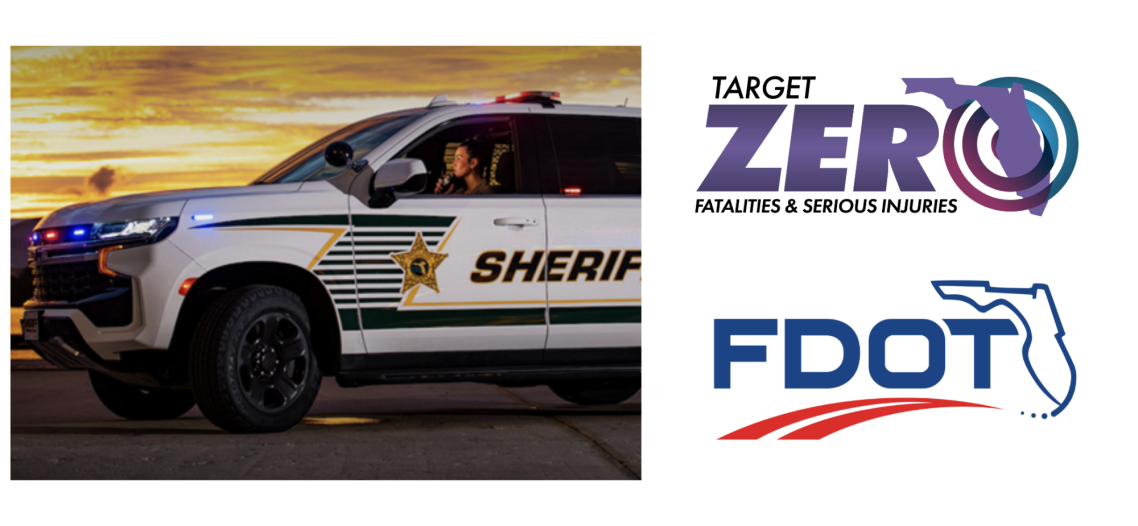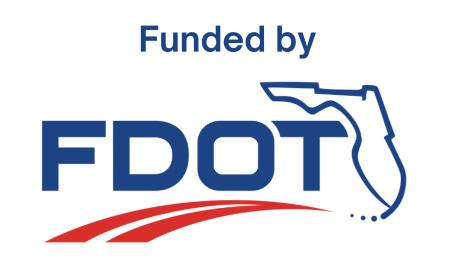
The Florida Department of Transportation (FDOT) State Safety Office awards subgrants to traffic safety partners engaged in priority programs and activities aimed at improving traffic safety and reducing crashes, serious injuries, and fatalities. These subgrants may support efforts to address traffic safety deficiencies, expand ongoing activities, or develop new programs.
Subgrants are provided to state and local safety-related agencies as "seed" money to assist in the development and implementation of programs targeting traffic safety priority areas. Funding for these subgrants is allocated annually by the National Highway Traffic Safety Administration (NHTSA) using a formula based on population and road miles. Occasionally, additional funding may be available for projects in other program areas if there is documented evidence of a specific, identified problem.
The Florida Highway Safety Matrices were developed to provide an objective, data-driven method for prioritizing safety projects in counties and cities within the top 40 percent of fatalities and serious injuries. The current Highway Safety Matrix is available below.
Concept papers may be submitted from January 1 through the last day of February for the upcoming funding cycle. For example, concept papers submitted in February 2025 will pertain to the October 2025 – September 2026 funding cycle.
Your District Law Enforcement Liaison (LEL) is available as a resource to assist you in gathering data, preparing a concept paper, or learning more about the process. For assistance, contact your District LEL.
Grants are awarded to law enforcement agencies for the following traffic safety emphasis areas:
Aging Road Users – Funding for programs designed to improve aging road user safety includes overtime for outreach, education, and subgrant reimbursement/reporting. Subgrants for equipment only are not allowable.
Distracted Driving – Funding for high-visibility enforcement (HVE) and public safety education programs includes overtime for enforcement and outreach, distracted driving simulators, banners, portable message boards, and USB drives. Funding for equipment requires a clearly defined need and a comprehensive plan for its use. Subgrants for equipment only are not allowable.
Impaired Driving – Funding for DUI enforcement, youth alcohol education, and DUI courts includes overtime for enforcement and education, Intoxilyzers, alcohol testing equipment, in-car video systems, and DUI checkpoint equipment (e.g., trailers, message boards, light towers). Equipment funding requires a documented need and a comprehensive usage plan. Subgrants for equipment only are not allowable.
Motorcycle Safety – Funding for programs aimed at increasing motorcycle safety awareness includes overtime for enforcement, overtime for SMART training, equipment for training, and public information and education materials. Funding for equipment requires evidence of need and a comprehensive usage plan. Subgrants for equipment only are not allowable.
Occupant Protection and Child Passenger Safety – Funding for programs promoting safety belt use and child passenger safety includes overtime for enforcement, outreach, and education; overtime for dispatchers; subgrant reimbursement and reporting; vehicle wraps; portable message boards; seatbelt convincers; and USB drives. Equipment funding requires a clearly defined need and a comprehensive plan for its use. Subgrants for equipment only are not allowable.
Pedestrian and Bicycle Safety – Funding for programs to enhance pedestrian and bicyclist safety includes overtime for enforcement, outreach, education, and subgrant reimbursement/reporting. Subgrants for equipment only are not allowable.
Speed/Aggressive Driving – Funding for programs addressing speeding, aggressive driving, and red-light running includes overtime for enforcement, outreach, and education; overtime for dispatchers and subgrant reimbursement/reporting; speed measurement devices; portable speed feedback signs; portable message boards; and ticket writers. Equipment funding requires evidence of need and a comprehensive usage plan. Subgrants for equipment only are not allowable.
Teen Driver Safety – Funding for programs to enhance teen driver safety includes overtime for enforcement, outreach, education, dispatchers, and subgrant reimbursement/reporting; speed measurement devices; equipment for training teens; USB drives; fatal vision goggles; seatbelt convincers; driving simulators; and banners. Equipment funding requires evidence of need and a comprehensive usage plan. Subgrants for equipment only are not allowable.
Work Zone Safety – Funding for programs to increase work zone awareness and enforcement includes overtime for enforcement in work zones, dispatchers, and subgrant reimbursement/reporting; speed measurement devices; and portable speed message board signs. Subgrants for equipment only are not allowable.
Downloadable Information Resource Documents:
FDOT FY2026 Highway Safety Concept Paper Training Presentation
Traffic Safety Subgrants "Whats Allowed" Reference Chart
Florida Strategic Highway Safety Plan
NHTSA Countermeasures That Work
FDOT Highway Safety Concept Paper Virtual Training – FY2026:
© 2025 Florida Law Enforcement Liaison Program
2915 E. Park Ave. | Suite 3 | Tallahassee, FL 32301
LEL Staff Login | Privacy Policy
We need your consent to load the translations
We use a third-party service to translate the website content that may collect data about your activity. Please review the details in the privacy policy and accept the service to view the translations.


